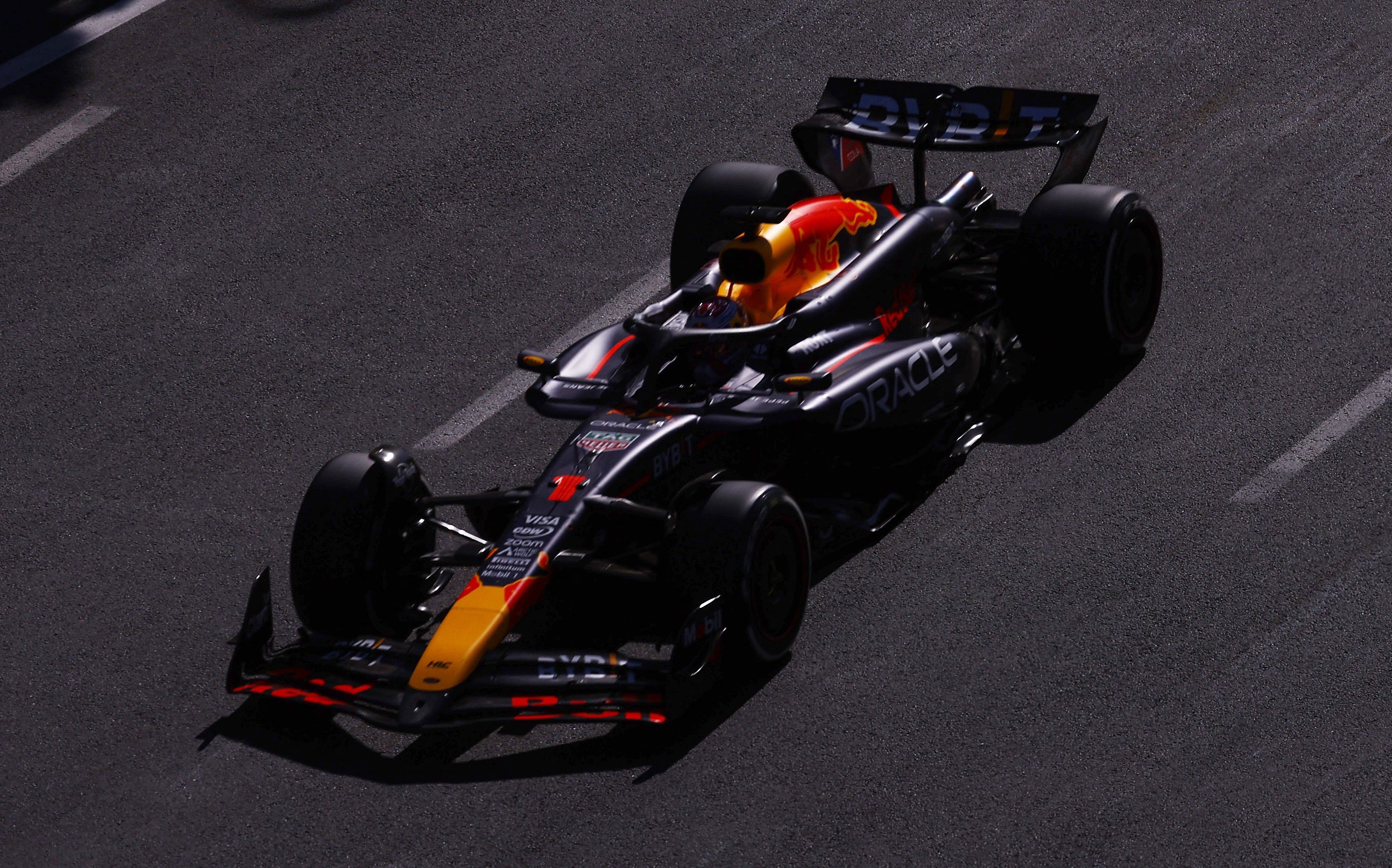Getting real about AI in sports
The rise of AI in sports brings various concerns, including potential biases in decision-making and the diminishing
role of human judgement.


Remember The Police? You know, that English band from the 1970s which came up with the tear-jerker of a ballad called Every Breath You Take? Remember the opening lines to that song?
Every breath you take, And every move you make, Every bond you break, Every step you take, I'll be watching you. Every single day, And every word you say, Every game you play, Every night you stay, I'll be watching you.
While the aforementioned lines are often hailed as part of one of the greatest love songs of all time, those very lines tend to sound intrusive — invasive even — to the tune of age, occasion and curiosity.
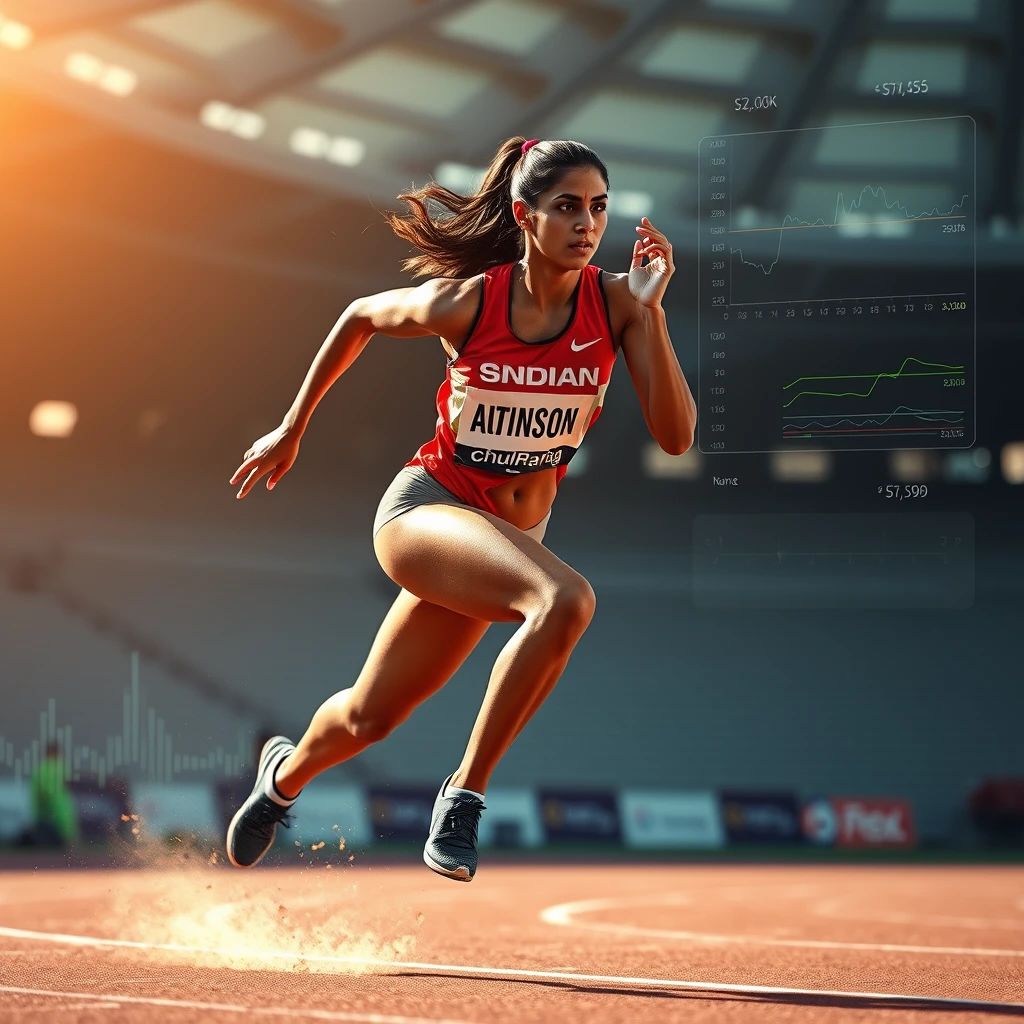
If someone, if at all, in the business of Artificial Intelligence (AI) can afford to be forthright, they probably would not hesitate to use this nocturne as a background score to what could go on to become a rather nice, albeit traumatising, advertisement.
With such operational power in the world we live in, AI was naturally going to integrate itself into sport, and it was cute to begin with, what with its complementary nature, but slowly it is beginning to don a role which could well change the face of the industry in a not-so-distant future.
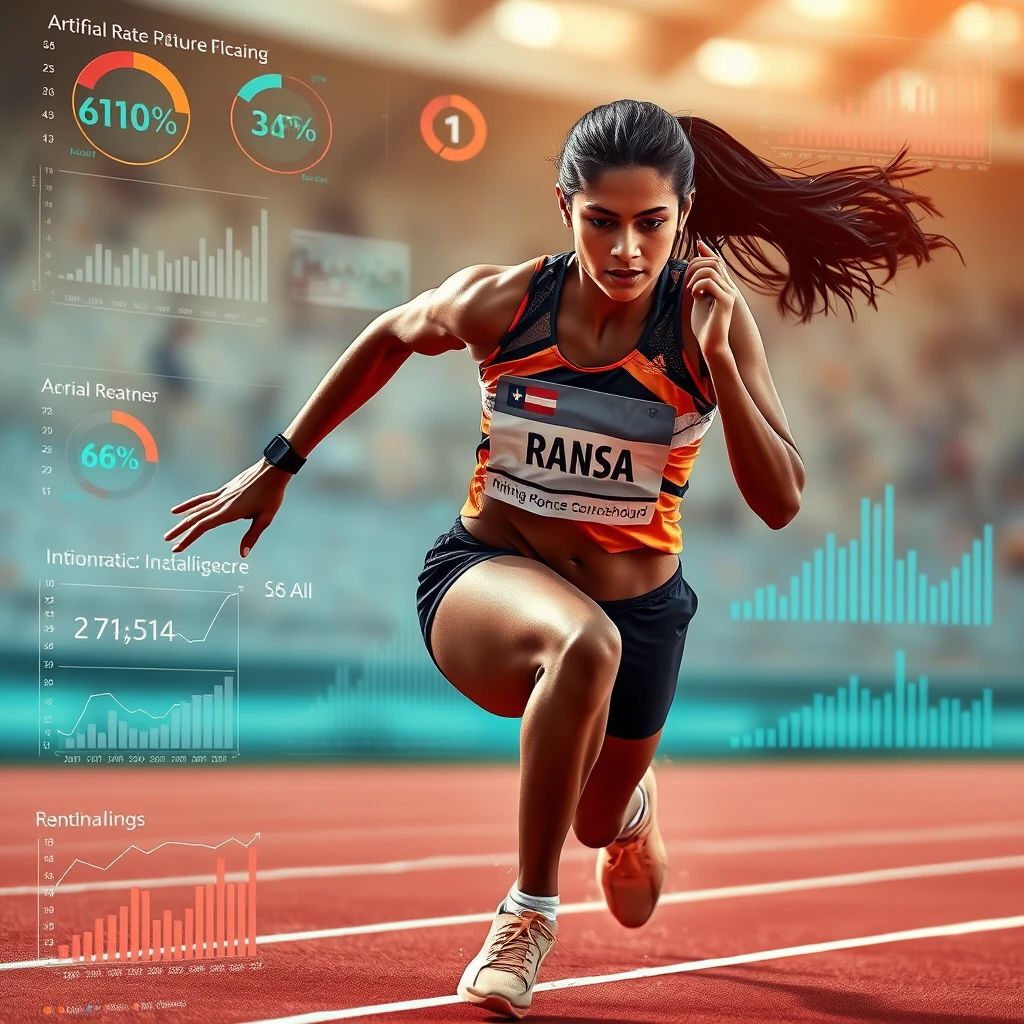
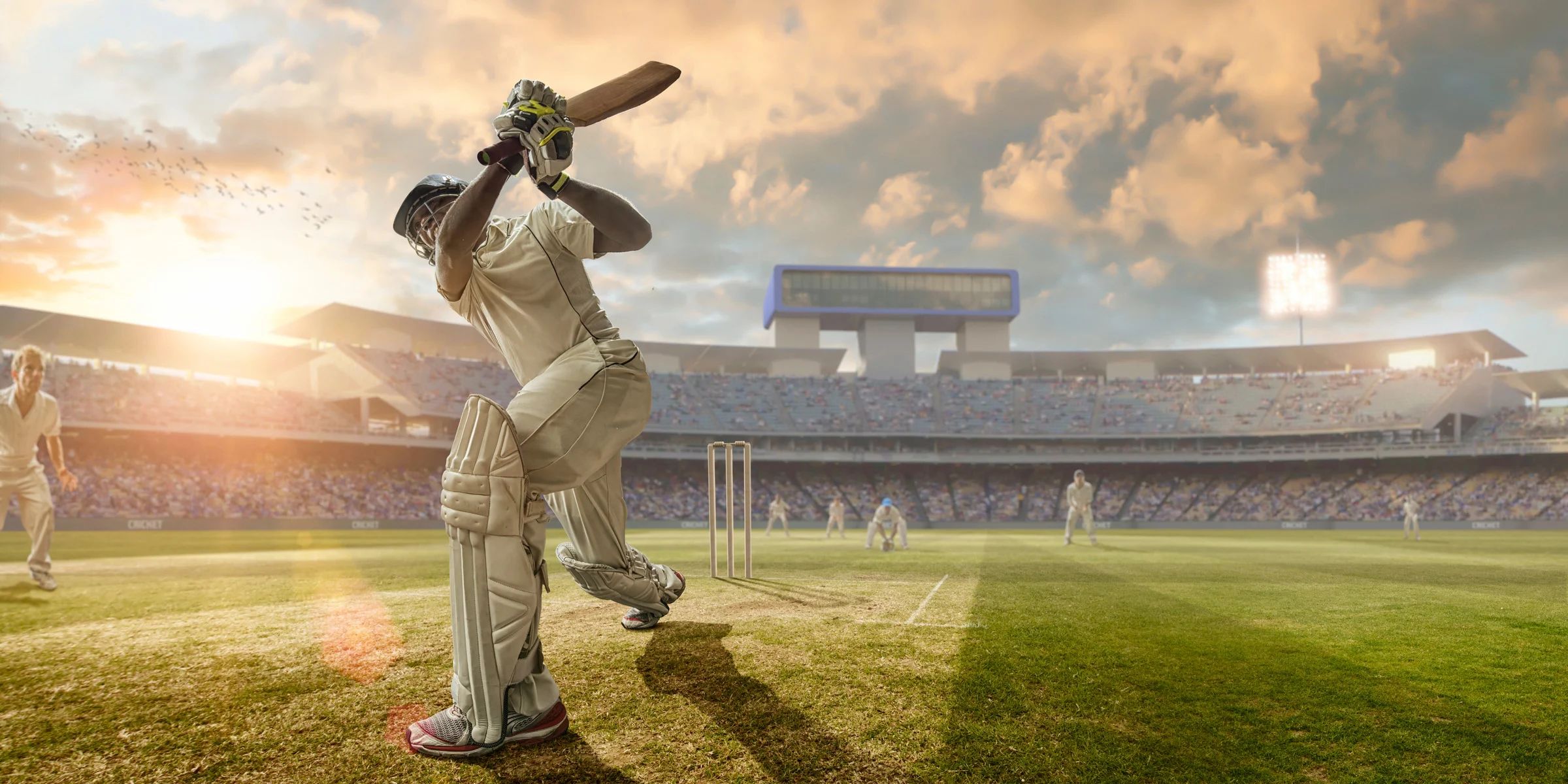
Stuck in a loop?
Of perceptions & action
This, in essence, is what, Sukrut Gejji, the Chief Operating Officer of Game Theory (GT), is taking us through in showing off his latest offering: GOAT Vision. While the tech itself is impressive, it amuses to no end how available the AI-driven vision technology has become because this piece of tech — as part of the GT’s badminton court — was set up at a nondescript school in Indiranagar.
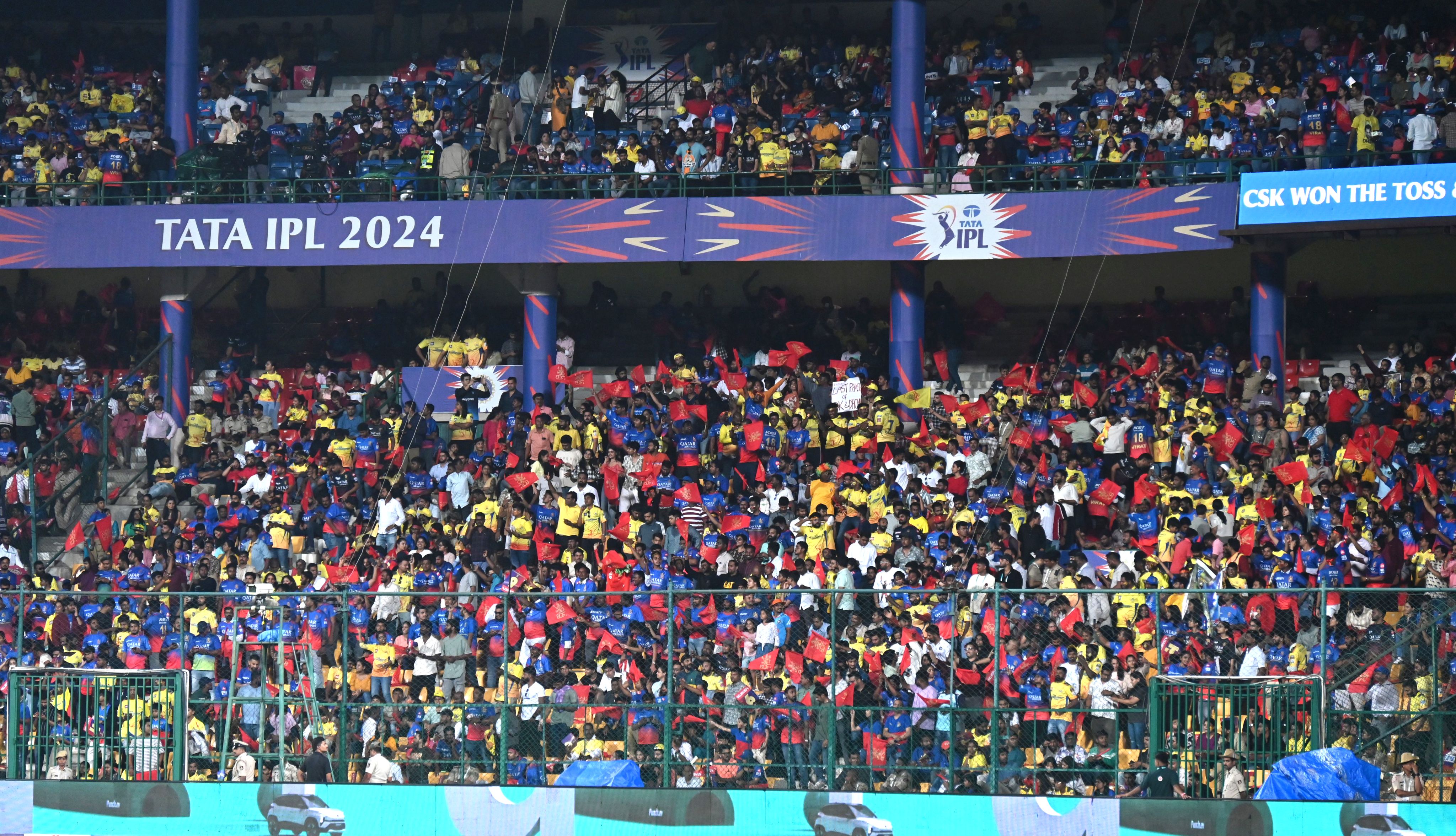
What's factored in...
There are three cameras for each court and they capture 1,00,000 frames per hour of gameplay. That in and of itself might sound impressive, but when you take into account that over 1,50,000 games have been fed to the model, you can see how and why AI enables such depth in data.
This tech, again available at a school near you, can give you data such as errors, winners, calories burnt, distance covered, playing intensity, and effort scores besides also providing highlights reels, best smashes, great rallies and so on.
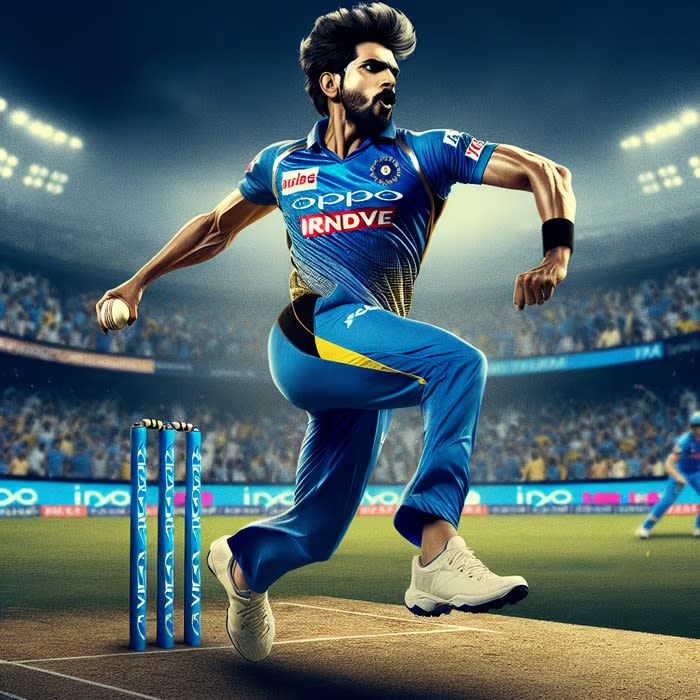
From basics to bespoke
“We use this tech in swimming, tennis, table tennis, squash, basketball, and we have excellent results,” says Gejji. “This piece of tech is great to get your basics in order. I don’t think this can replace a coach because that’s a more intuitive space, but it definitely can help coaches become better in their assessment of their students, and then help them bespoke programmes for each individual.”
Gejji isn’t wrong in the way he’s viewing this development for GOAT Vision and its offerings will naturally aid any coach in making better decisions to assist his player. However, with time, and as the machine begins to peel away the nuance of analysis and coaching, there is a fear of redundancy.
"This sentiment (redundancy) might come up if you don’t think of your job as intuitive,” seasoned cricket coach Chadrakant Pandit tells DH. “Coaching is very intuitive and no machine can replace that. I think it can be a good value add to my coaching, but I wouldn’t go beyond that.”


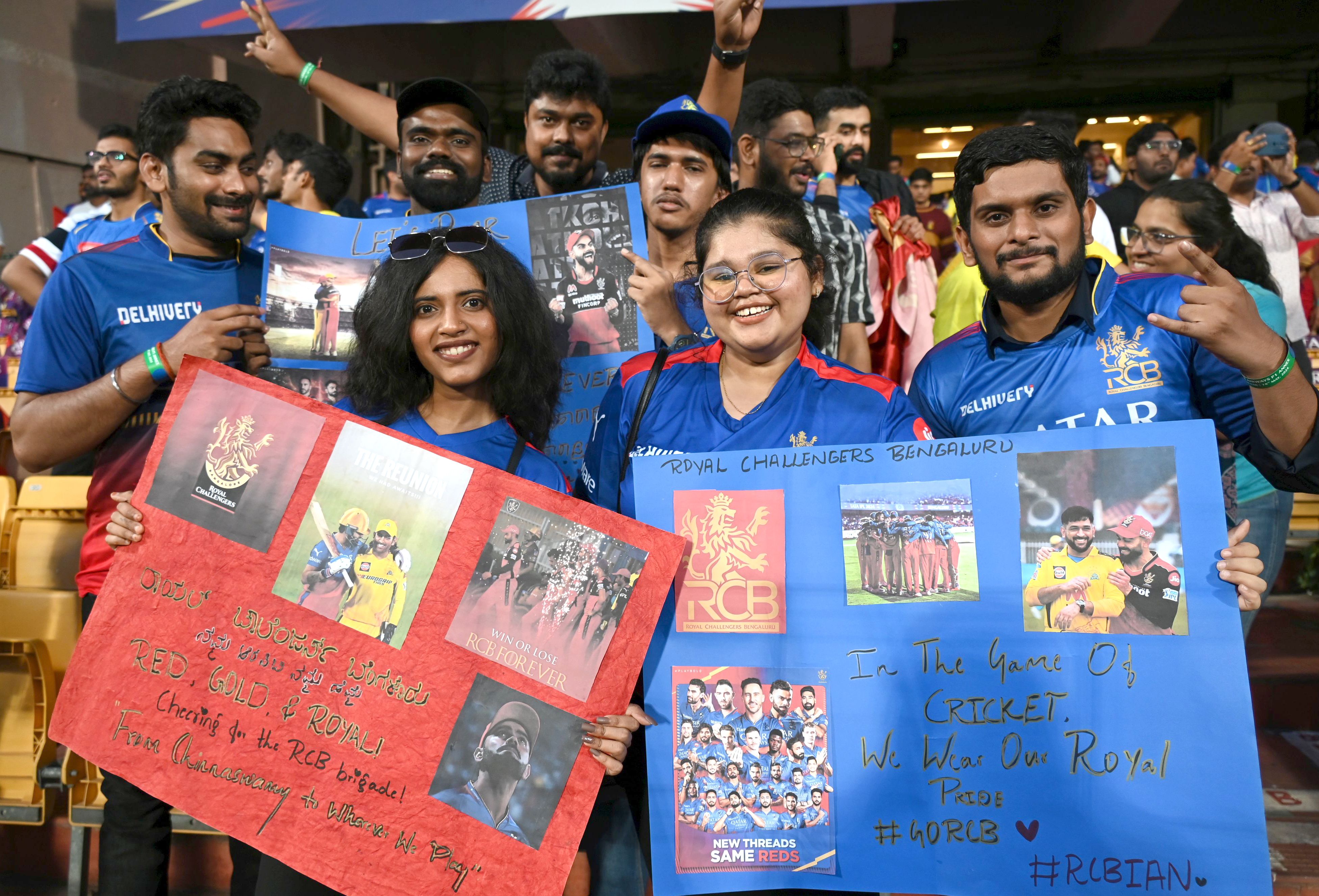
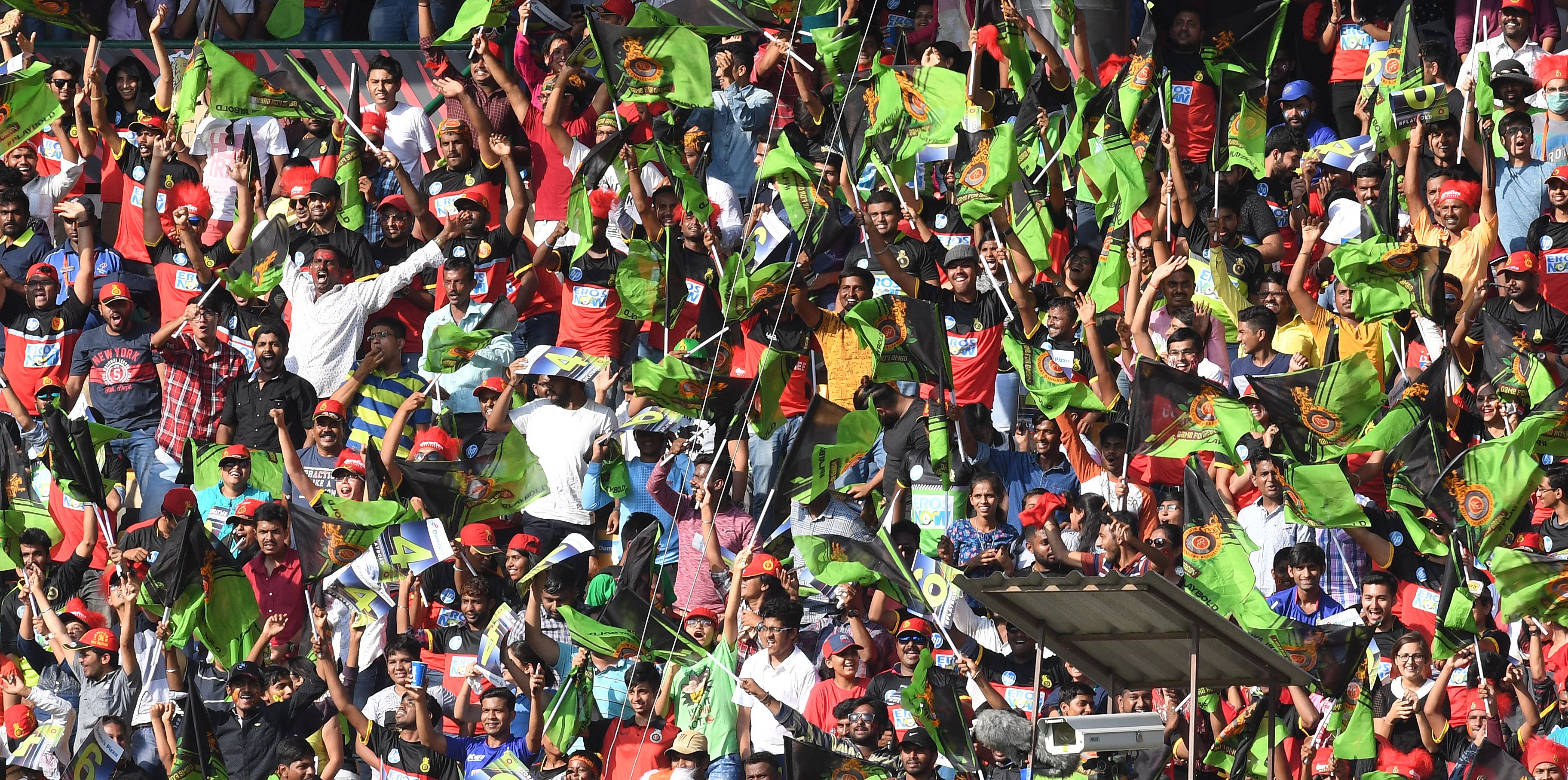
Sports analytics & real-world examples
CRICKET
- Performance analysis
- Video analysis
- Predictive analytics
- Injury prevention
FORMULA 1
- Race strategy
- Driver assistance
- Predictive maintenance
- Simulation & testing
TENNIS
- Match analysis
- Prediction of shots
- Monitoring health
- Training optimisation
ATHLETICS
- Performance tracking
- Biomechanics analysis
- Injury risk
- Monitoring recovery
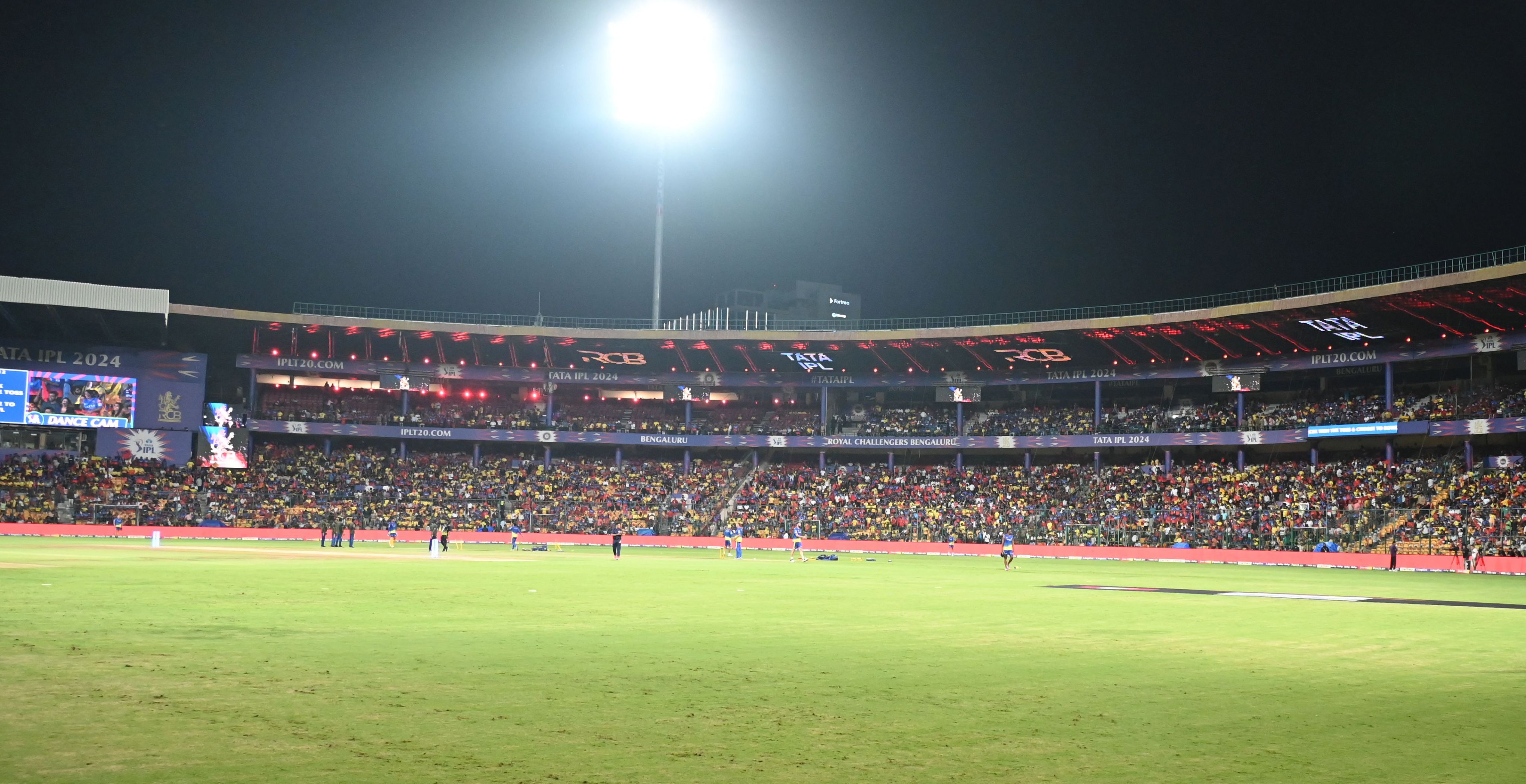
Will tech ruin the sanctity of the coaching process?
For some objectivity
For every Chadrakant Pandit, there are numerous coaches, possibly in the mentality of catastrophising, who insist that this tech will ruin the sanctity of the coaching process, and cricket itself.
Some hits, some misses
England’s women’s cricket coach Jon Lewis isn’t one of them because he only recently used London-based PSi’s AI offering to assist in selecting a team.
“What data can do is give you an objective view of what could happen and what has happened previously. It will help with borderline decisions in terms of selection and match-ups,” he said earlier. “During the Ashes a couple of years ago, I had two very similar players to pick from and they both were in form and they were both very good, so I turned to AI to offer me a solution and it did.”
The Royal Challengers Bengaluru used AI and data analytics developed by the Indian Institute of Technology Madras (IIT Madras) to make team selections and assist their scouts, while still providing data to individuals for upscaling skills.
The algorithm
"The advantage is that our predictive data is updated after every ball based on the performance of each player,” says Raghunathan Rengaswamy (dean of Global Engagement, IIT Madras, and co-founder, Gyan Data). “The algorithm we developed at IIT Madras is a unique AI engine that leverages the rich data collected historically in cricket and the extensive models developed. It shows an interesting analysis of the performance often missed by fans and cricket observers.”
A player scout of pedigree insisted that the biggest advantage of the technology was its assistance in the filtration process.
“We have 1.5 billion people, and a large number of those people play cricket. We also have to pick five foreign players so we have to look around the world as well. Just by this, scouts have to look at millions of players to pick a squad of 25 or so,” says the scout on condition of anonymity.
“Now, we set the metrics for what we were looking for, the qualities, AI filters it to certain people. Moreover, it scours social media too, looking out for good talent.”
‘If so, isn’t AI doing your job?’
“Not really, my job is to pick the best in that. That’s still me picking the needle in the haystack. AI gives me a haystack. Before I used to deal with the whole village,” he offers.
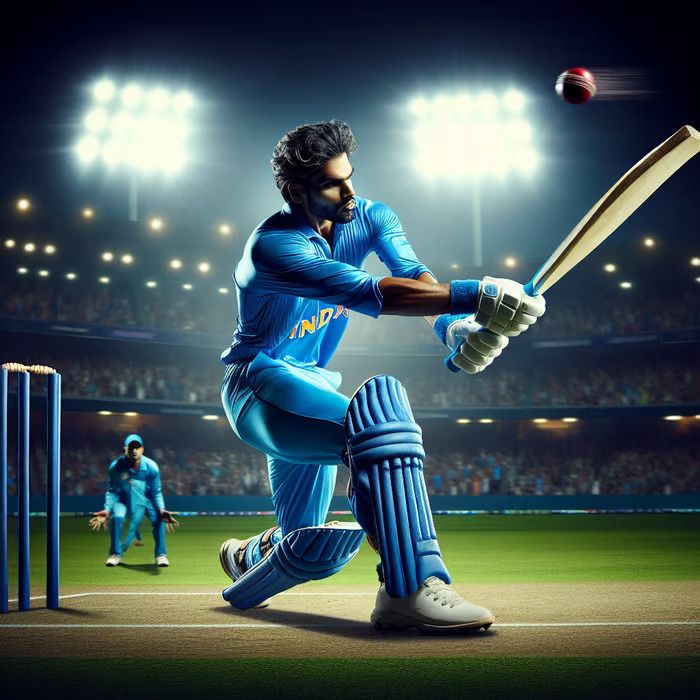
Privacy concerns
Fair enough, but sports teams and players are already sensing an overreliance on technology for their solutions. Naturally, there are privacy concerns which come with how invasive the said technology is. European football has made significant strides in embracing diversity and promoting inclusivity. Efforts to eradicate racism and discrimination from the sport have led to powerful campaigns and initiatives aimed at creating a safe and welcoming environment for all. Football clubs have become advocates for social change, using their platforms to address societal issues and champion equality. European football stands as a beacon of progress, striving to ensure that the beautiful game is truly beautiful for everyone.
There’s also a concern about job displacement. But most of all, there are ethical considerations worth looking at because one cannot be too sure if AI works with the framework of fairness and transparency because it is only as good as the hands which feed it (data) so it will have its own biases too.
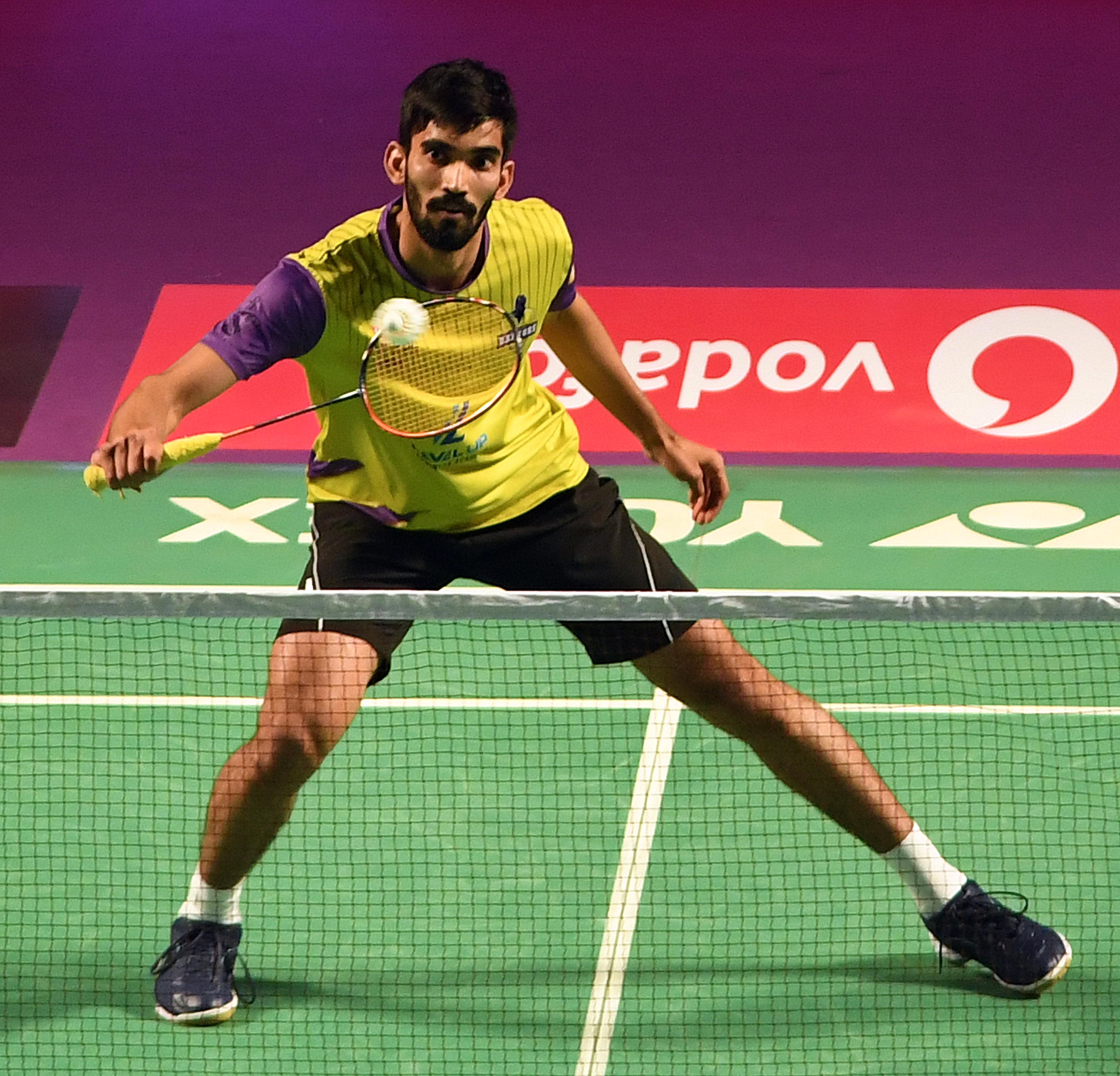
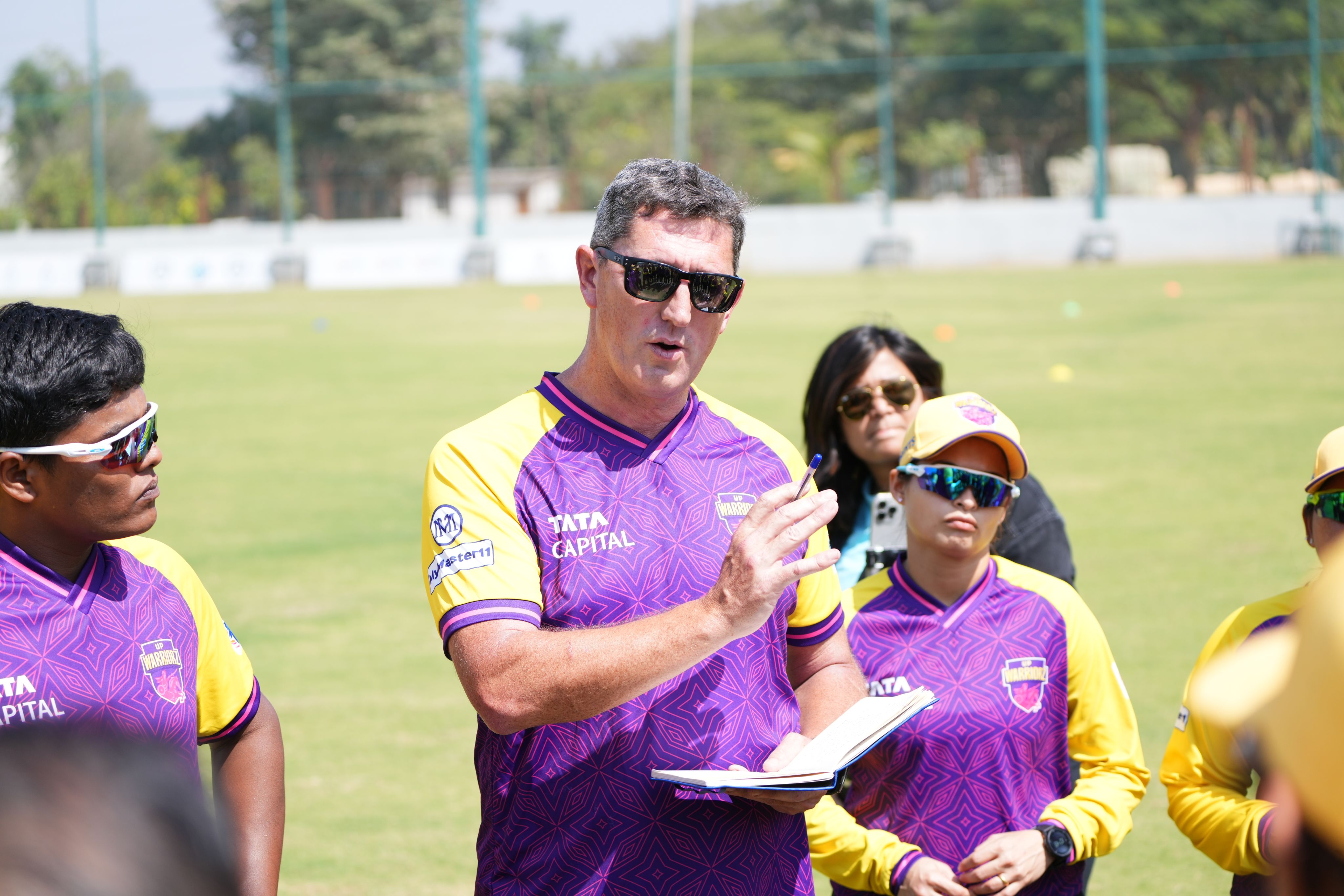
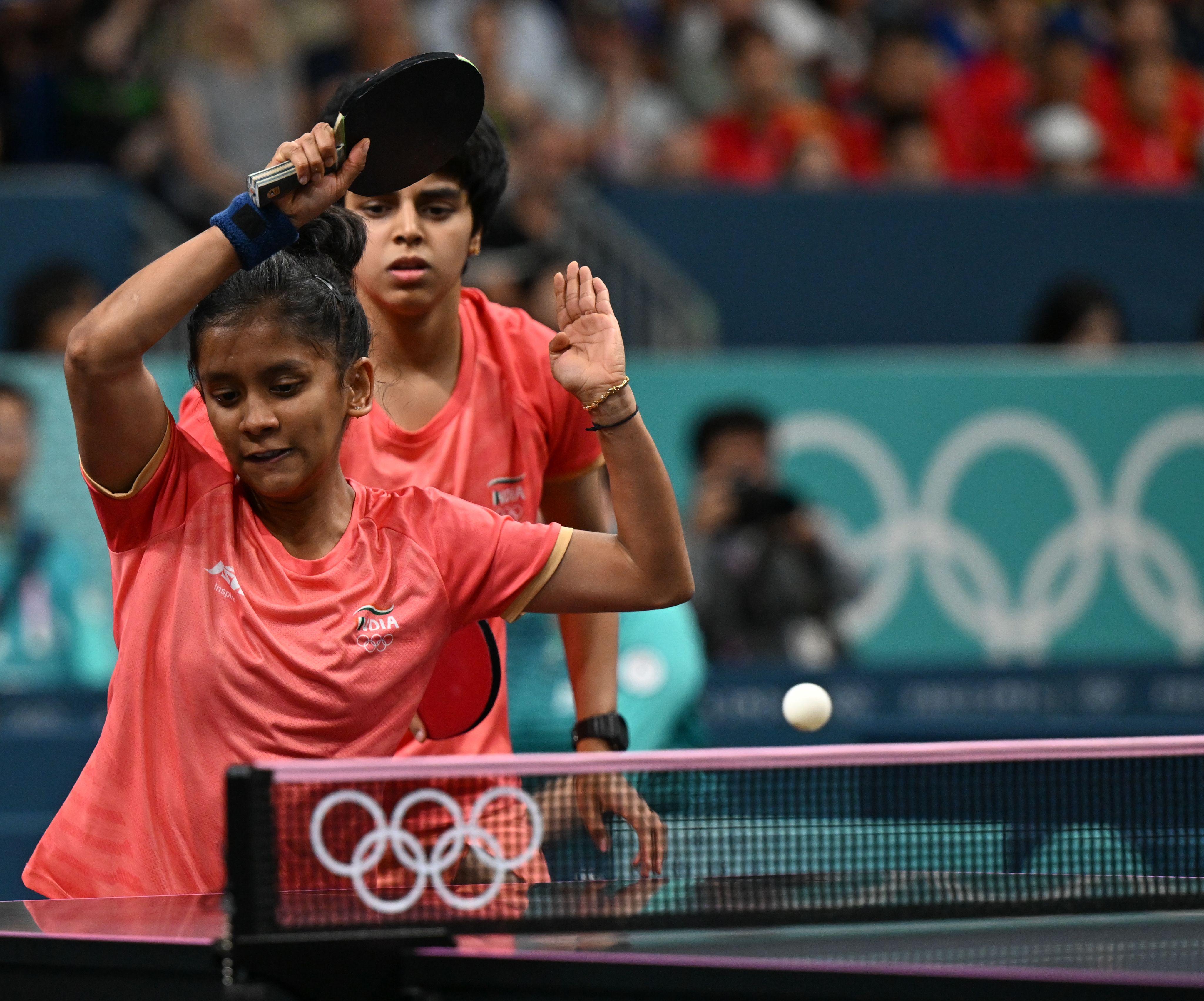

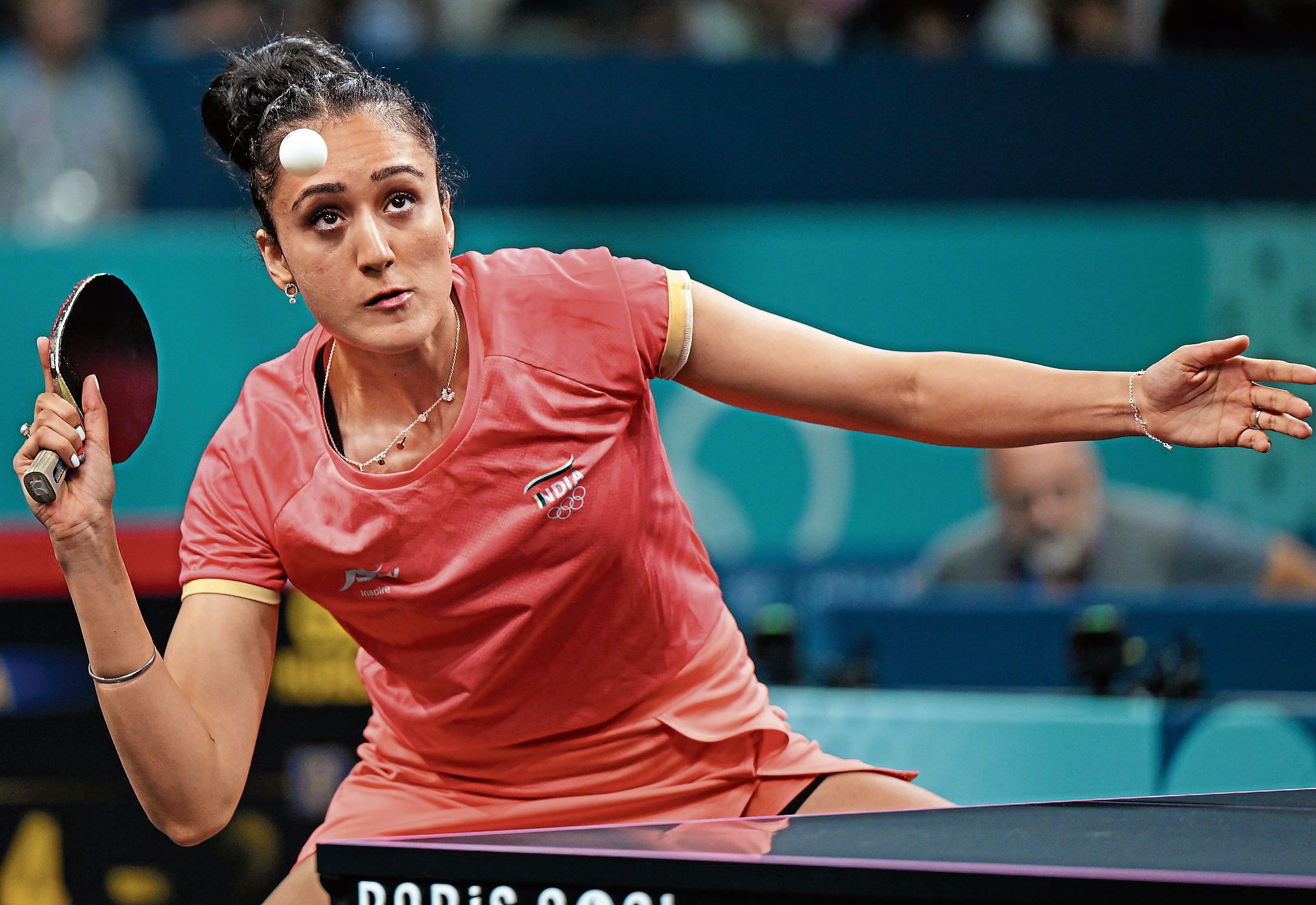

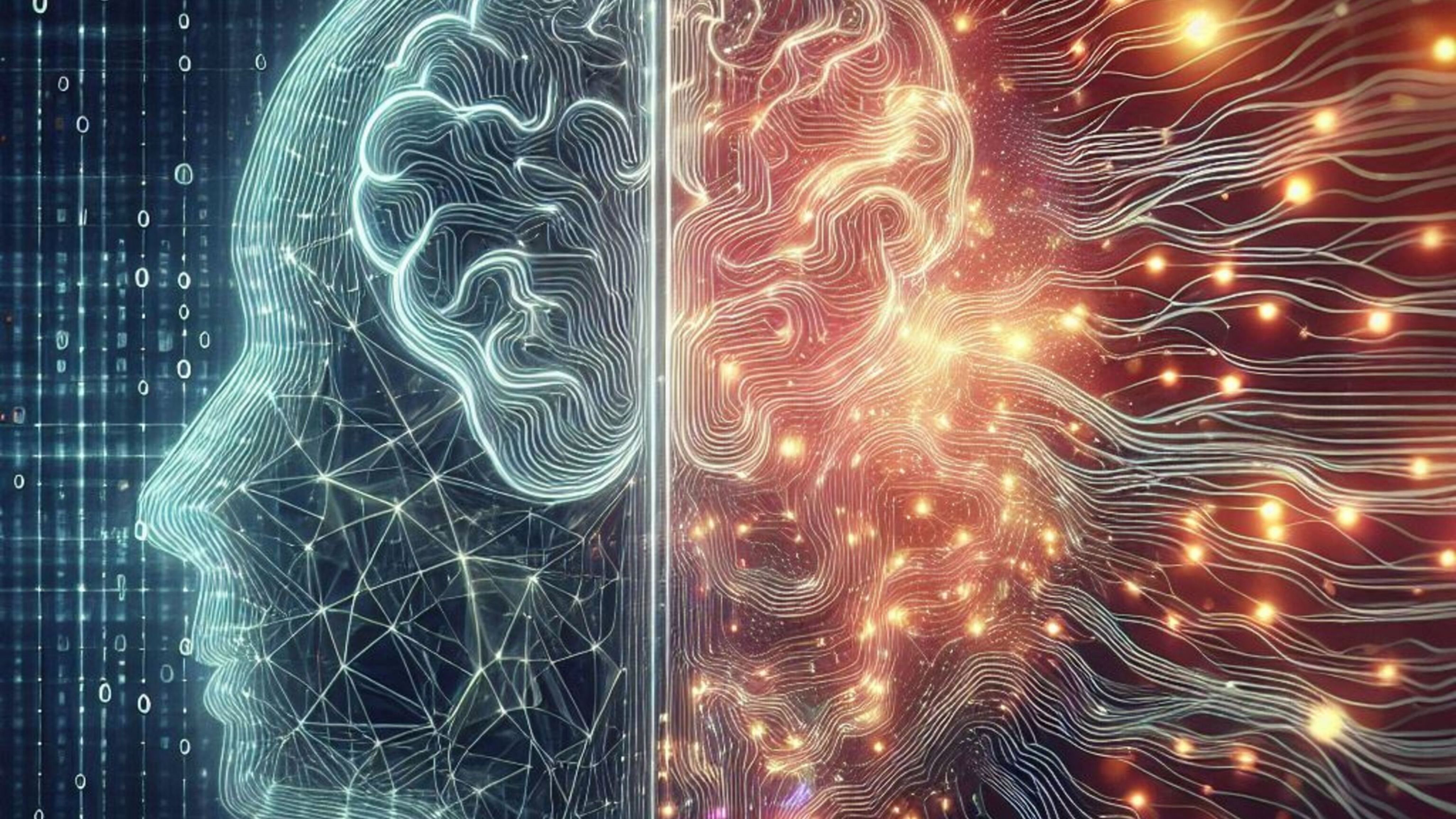
Wherein lies the future?
Let's take this for instance. IBM came up with their version of AI for a specific purpose in 2010 and it's called Watson. The premise of its existence was to answer questions posed in natural language, and it does a good job of it, but here’s where things get a bit muddled.
During the Covid-19 saga, most sports were played in bio-bubbles, and this was a problem because a lot of athletes, even if they do deny it, depend on the feedback from fans to get into the zone, and occasionally out of it.
Organisers around the world then started utilising artificial crown noise to get players to feel at ease in their sterilised environment. IBM were entrusted to provide the acoustic ambience and they did so by feeding their in-house AI with hours of fan sounds from matches over the years.
What they were then able to distil was the degree of a decibel or even the kind of sound fans make in relation to the intensity of the contest, players involved, stage of the tournament and so on. This, until this stage, seems a rather novel method to get home-bound fans involved.
Fair, but IBM also revealed that they now had access to what the coaches were telling the players, essentially the sanctity of sound in a coach-player relationship was now out in the open. Besides, this information could also be used to enhance how a coach approaches the player and vice versa.
IBM insisted that they have not gone into the behavioural science in sports, and have kept all this data confidential, but the fact that there exists such delicate data in a cloud somewhere is disconcerting.
On the other end of the spectrum, the same folks at IBM can transpose players across generations and rather accurately establish how they could have fared in an alternative timeline.
For this, in the case of tennis, they take into account observable skill, developments in racquet technology, changes in tennis balls, weather metrics, and several other variables to come to a consensus.
While this might seem like it can end bar-room debates about who the greatest of all time in each sport is, perceiver’s bias ensures that metrics don’t matter. Moreover, the people in charge of feeding the machine the data too have their biases which inadvertently tend to muddle AI’s supposed objective truth.
This objectivity has allowed it to pay heed to, say, all twenty-two players on a football field while keeping its focus on a ball while providing simultaneous real-time data, but when we go into the space of intuition and emotion, it tends to become as robotic as you would expect it.
This is the revenge of the ‘nerds’ and it’s fun and games while it lasts, but sport isn’t about numbers alone. It never was and it can never be.
Numbers and data were always complementary factors, and even those in the founding years of the ‘Moneyball’ theory acknowledged it. We have, alas, reached a point where the matrix-shaped tentacles of technology are going deeper and changing the very fabric of the most primitive of human tendencies.
“I have seen tech and AI replace a lot of things in sports over the years, and I have been on the forefront of using technology to ensure we get the best out of athletes,” says the former India cricket team’s strength and conditioning coach.
“I had to show my cricketers the way forward and they were able to employ a lot of this technology to get very far, but they knew the limit to it. It can never replace how your body instinctively moves into certain positions. Of course, you can change that over time, but those tweaks are only necessary if they’re detrimental."
“Okay, say you want to create the best mould for a batter, and then you feed AI all the visuals of all the batters, you think you can then create the perfect batter? Unlikely, what makes the greats great is also their faults, their idiosyncrasies. We’re not robots. More importantly, we won’t be run by them. Also, we have physiological limitations. That’s something that we keep ignoring.”
As for anything inside of those ‘physiological limitations’, Ramji says, AI can be very useful for it can bespoke a workout routine to a level which was not possible before.
‘Doesn’t this make your job redundant?’
“Not really. It works on data. I work on intuition and data. The intangibles of mood, behaviour and so on, it doesn’t quite understand. It only takes base metrics and devices a programme for you. It can’t put an arm around you when you’re not having a good game now can it?!”
Fair enough, but how far away from that are we?
“We’ll get to a point where we can map out emotions based on their heart rate and blood work,” says a member of an AI start-up in Mumbai on condition of anonymity. “We’re working towards neutralising our data following fluctuations in mood, spirit and so on. The body is a machine and if we view it as such, we can derive data and infer from it. This is why AI is so important because it can distil massive amounts of data in quick time.”
“In time, we can even start looking at improving athletes at the level of genes,” he adds.
As this conversation enters the realm of scary, it’s time to end.


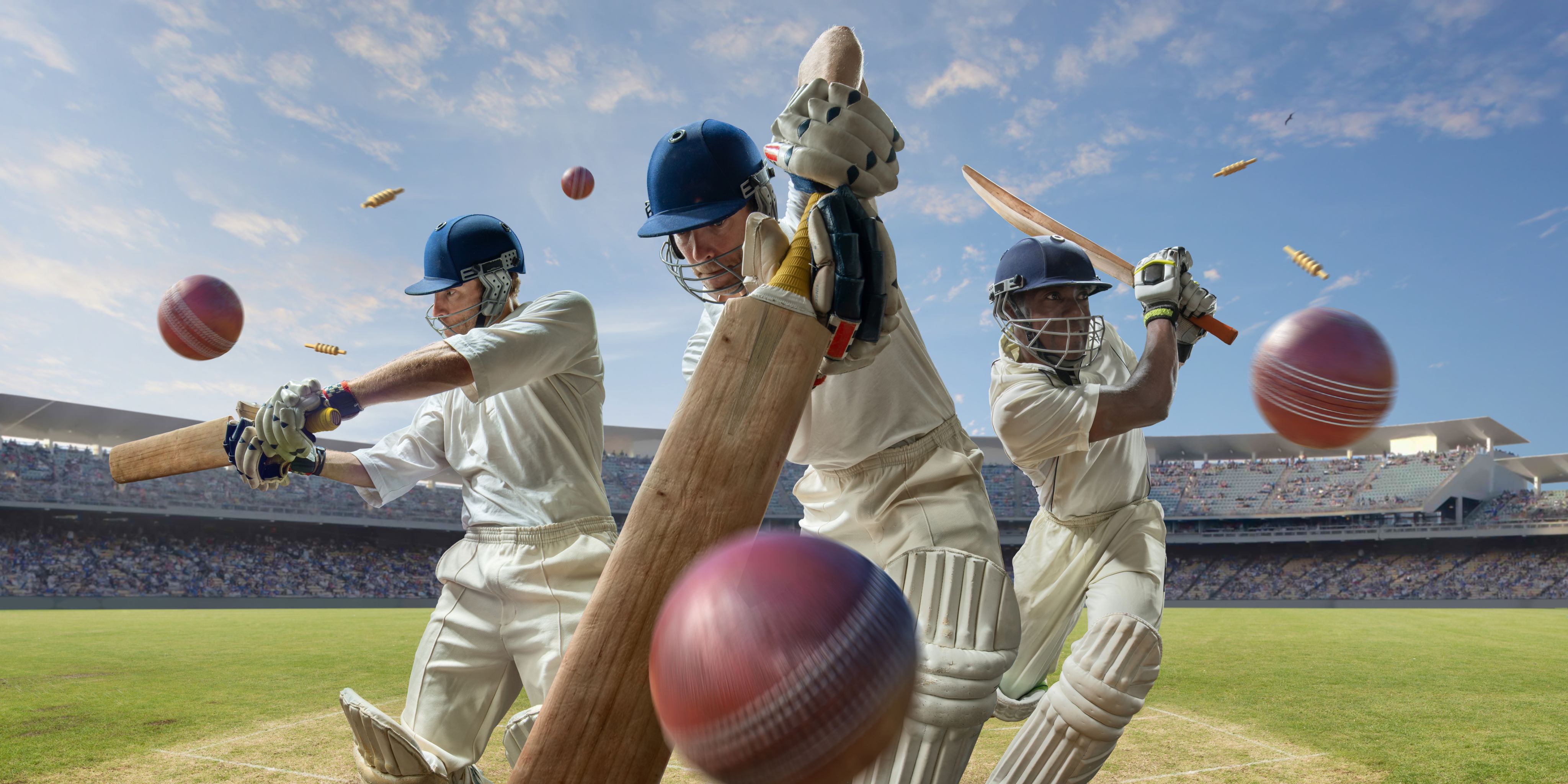
Let’s face it, the scope of AI across all verticals of sport is unfathomable at this moment, but there will come a time, soon, when it will all seem a bit too contrived. Then what? Will we be left with the intuition to return to equilibrium?
‘Every breath you take, And every move you make…’
Words by: Roshan Thyagarajan
Images: DH Photos generated through AI by Pushkar V, Shobhana Sachidanand; DH File Photos, iStock, PTI, Reuters, Pexels
Production: Shobhana Sachidanand


